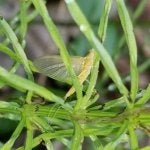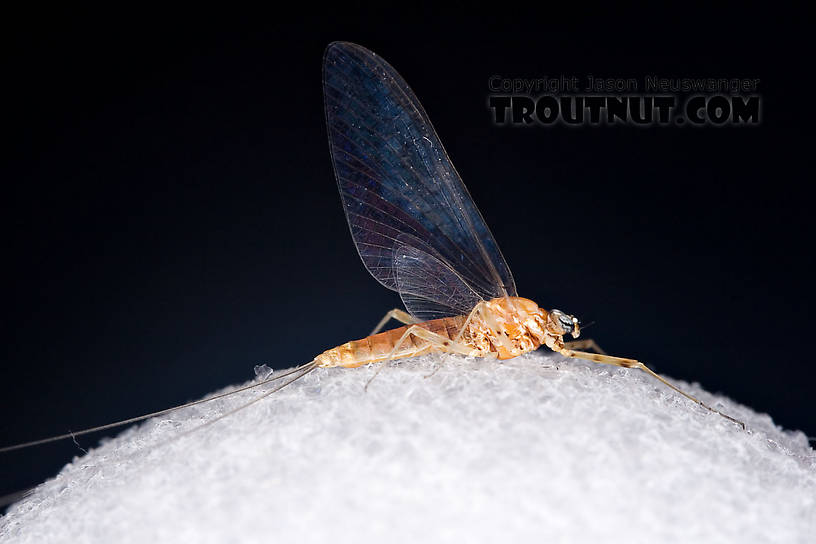Thanks for looking, I am new to fly fishing and need to study up on bugs. I hope there is enough detail for an id. These were coming off a small freestone creek in the catskills today. They lasted about three - four hours starting about noon.
I don't know if they were hatching or flying over the water dropping eggs. View attachment 11379
Probably E. Invaria or E. Dorthea commonly called called sulphurs.
http://www.mayfly.com/articles/Sulphur.html
http://www.paflyfish.com/smartsection.item.63/the-sulphurs-are-here.html
http://www.troutnut.com/hatch/28/Mayfly-Ephemerella-Hendricksons-Sulphurs-PMDs
https://www.bing.com/images/search?...sc=5-17&cvid=0DE830EC083841FCA7C48F5B4DA6CF7B
http://www.orvis.com/p/sulphur-parachute/0923
They were NOT dropping eggs. Mayflies have two adult stages. The one in your photo is the subimago stage more commonly known as a "dun" because often the wings of duns are grey. The duns transform into the sexually mature imago or "spinner" stage with clear transparent wings. They are called "spinners" because of the way they fly around in the air during the mating flight. The females then lay their eggs and both the male and females die, falling on the water as "spent spinners" with the wings out two the sides.
Mayfly life cycle below:
http://www.youtube.com/watch?v=4UjlT7fqJ1s
You saw the duns which hatch during the day and if you came back in the evening, you likely would have seen the spinners which had hatched on previous days.
Note the clear wings of the spinner in the image below.
If you decide to get serious about catching "bug" in the air, on and under the water, you can make a sampling net like the one I carry with me below.
You can see that the handle is only partially lengthen below. It goes up to 3 feet.
I explain how on to make a collapsing net in this Wisconsin TU newspaper article. The collapsing handle is a magnet from Harbor Freight. The article is on pg 8. There is also a second article I wrote on how to make a New Zealand strike indicator.
http://wicouncil.tu.org/sites/default/files/2017 January.pdf






